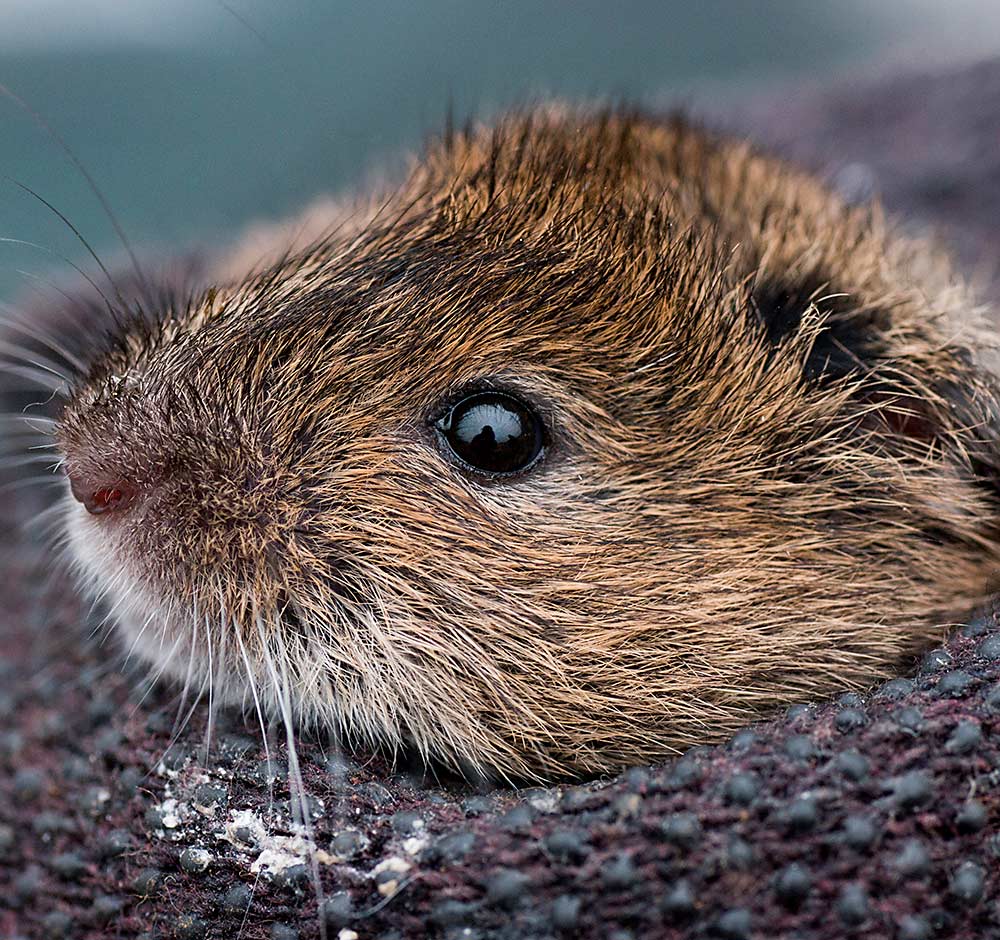Understanding Vole Backyard Damage and How to Battle It
Comprehensive Guide to Effective Vole Bug Control: Infestation Identification and Therapy Approaches
In the world of efficient insect control, vole invasions present a distinct challenge that requires a calculated approach. By discovering the nuances of vole actions, comprehending essential indications of infestation, and reviewing an array of control choices, one can create a comprehensive strategy to combat these evasive pests.
Understanding Vole Behavior
Vole actions is identified by their tunneling habits and rapid recreation prices, making them a challenging bug to control properly. These tiny rodents usually produce elaborate tunnel systems underground, utilizing them for shelter, food storage space, and transport. Voles are herbivores, eating a variety of plants, origins, yards, and light bulbs, which can create significant damage to yards, orchards, and yards. Their rapid reproductive rate more makes complex control efforts, with women capable of generating multiple clutters in a single year, each consisting of several offspring.
Voles are most energetic during the very early morning and night hours, spending most of their time foraging for food. Their tunneling behaviors not just disturb yards and yards but also make them challenging to identify and remove. Comprehending vole actions is important for effective parasite control strategies. By identifying their burrow locations, keeping an eye on feeding areas, and executing targeted control methods, such as trapping or habitat adjustment, vole infestations can be handled efficiently.
Indicators of Vole Infestation

Prevention Approaches
Applying reliable prevention approaches is essential in lessening vole problems and protecting vegetation from their destructive feeding practices. To protect against vole problems, it is crucial to start by removing prospective food sources and shelter.
On a regular basis checking the building for indicators of vole activity, such as runways and delve openings, is crucial for very early detection and punctual activity. Think about utilizing traps or repellents strategically positioned near their paths if vole task is believed. Using all-natural predators like owls or snakes can also help keep vole populaces in check. By applying a mix of these avoidance strategies, gardeners and homeowners can effectively safeguard here are the findings their plant life from vole damages.
Non-Lethal Control Methods
To successfully manage vole populaces while focusing on gentle methods, non-lethal control methods use practical remedies for minimizing vole damages in gardens and landscapes. One reliable technique is the usage of physical obstacles such as hardware cloth or wire mesh to shield at risk plants. blog here These barriers can be hidden a minimum of 12 inches bent and deep at a 90-degree angle to stop voles from delving below. Additionally, environment alteration can prevent voles by decreasing their favored food sources and hiding spots. Keeping a well-mowed grass, removing particles, and maintaining greenery trimmed can make the atmosphere less attractive to voles.

Lethal Control Options
One reliable technique for resolving vole problems in landscapes and yards includes the calculated use of dangerous control alternatives. When faced with a serious vole infestation that non-lethal techniques have stopped working to consist this website of, carrying out deadly control procedures becomes important. In general, when utilizing lethal control choices, it is crucial to do so properly and in conformity with regional regulations to properly take care of vole problems.
Conclusion
Finally, efficient vole parasite control requires a detailed understanding of vole behavior, identification of indicators of infestation, application of prevention techniques, and use of both deadly and non-lethal control methods. By combining these strategies, individuals can successfully handle vole populations and safeguard their residential or commercial property from damages. It is essential to deal with vole invasions quickly to stop additional problems and decrease the influence on the surrounding setting.
Given the intricate passage systems and fast reproduction rates particular of voles, recognizing the signs of vole problem becomes crucial in effective bug control. One of the key indicators of vole existence is the existence of surface runways or routes in lawn or snow, normally about 1-2 inches wide, created as voles travel in between their burrows and food resources.To successfully take care of vole populaces while focusing on gentle methods, non-lethal control techniques supply practical services for reducing vole damage in landscapes and gardens.One reliable technique for resolving vole infestations in gardens and landscapes includes the tactical use of lethal control choices. vole control.In final thought, reliable vole bug control requires a detailed understanding of vole behavior, identification of signs of invasion, implementation of avoidance methods, and application of both non-lethal and lethal control methods